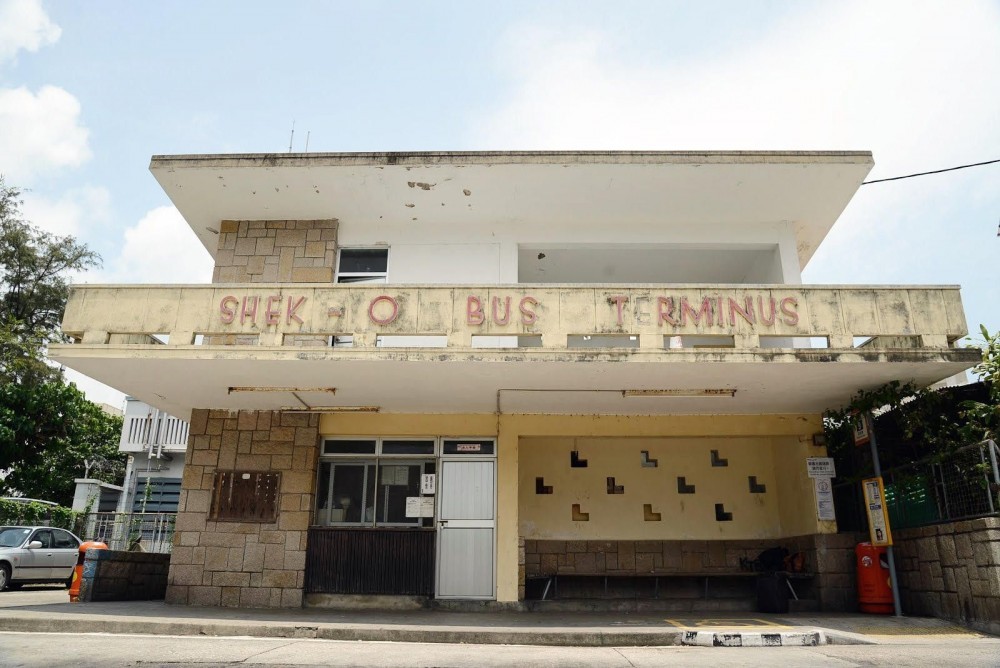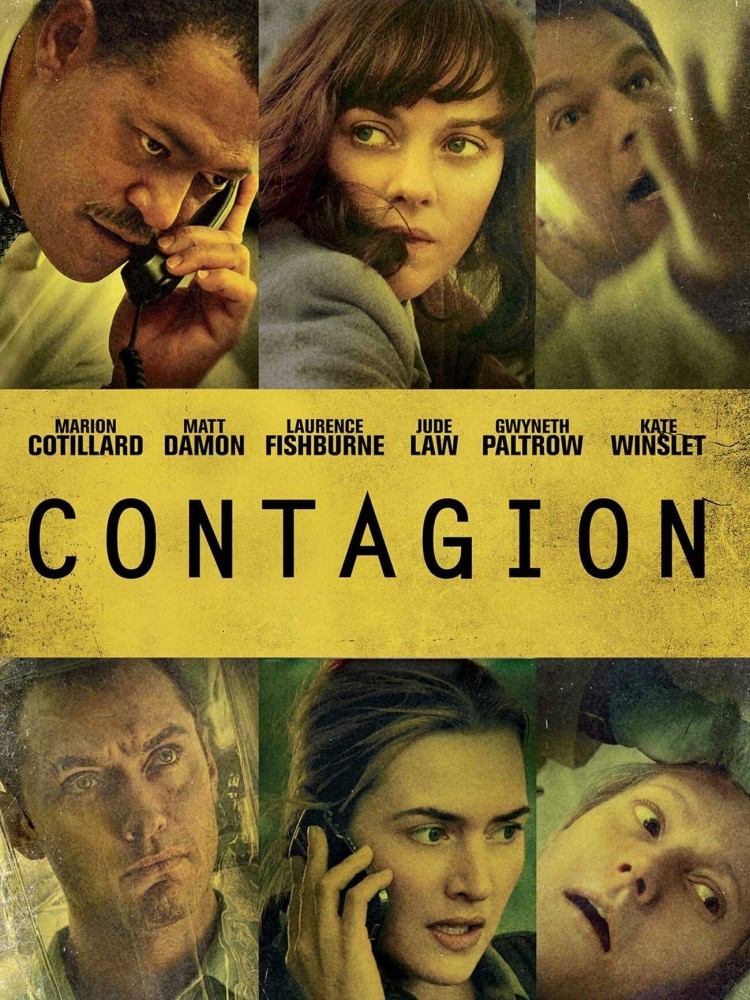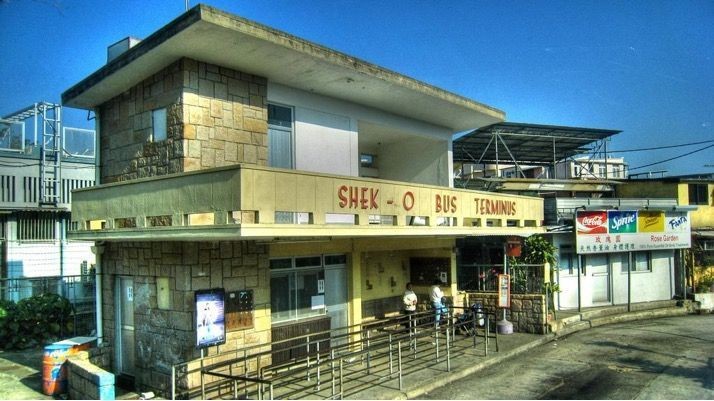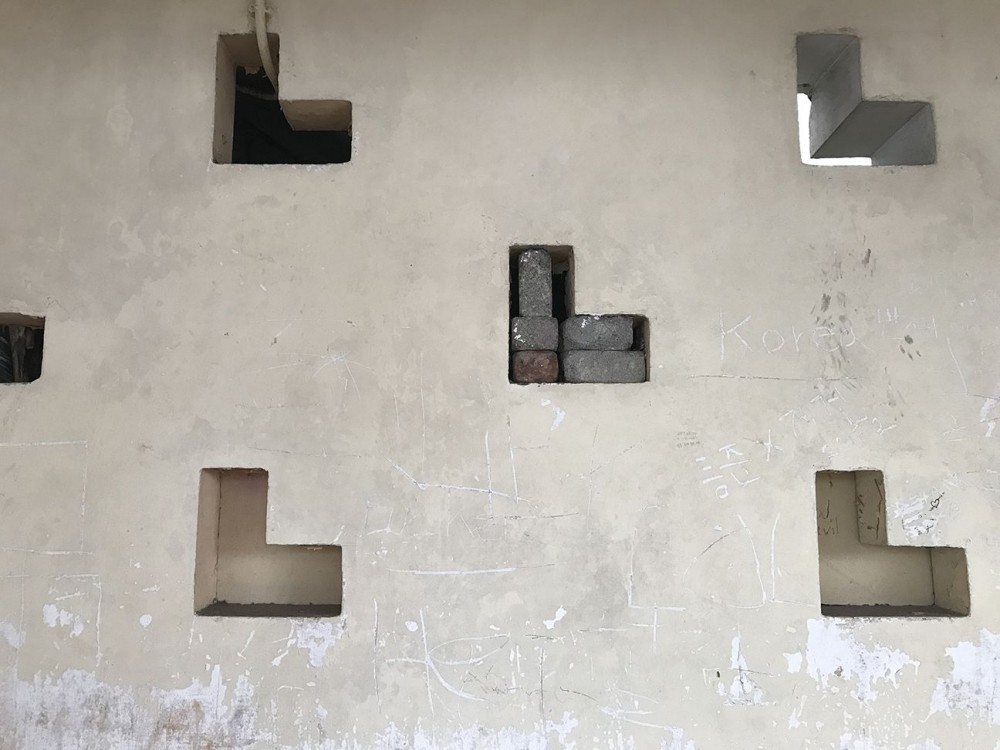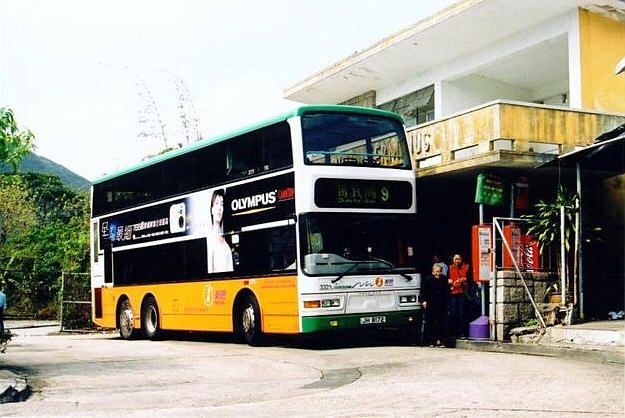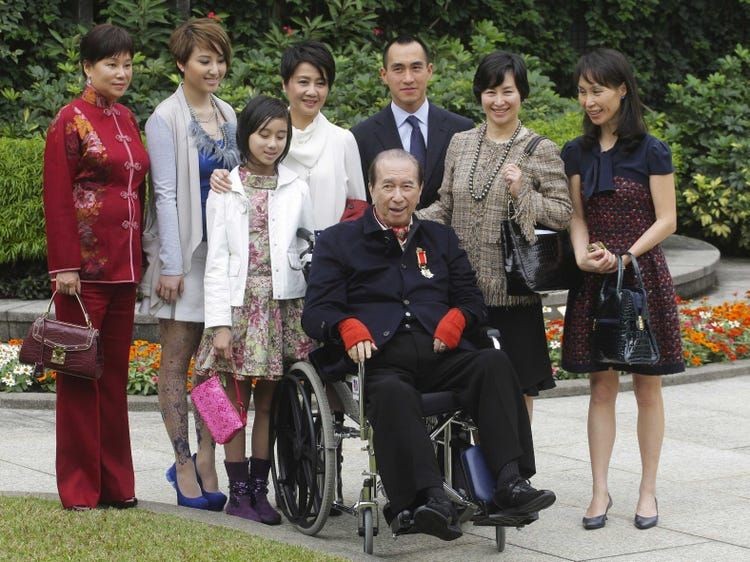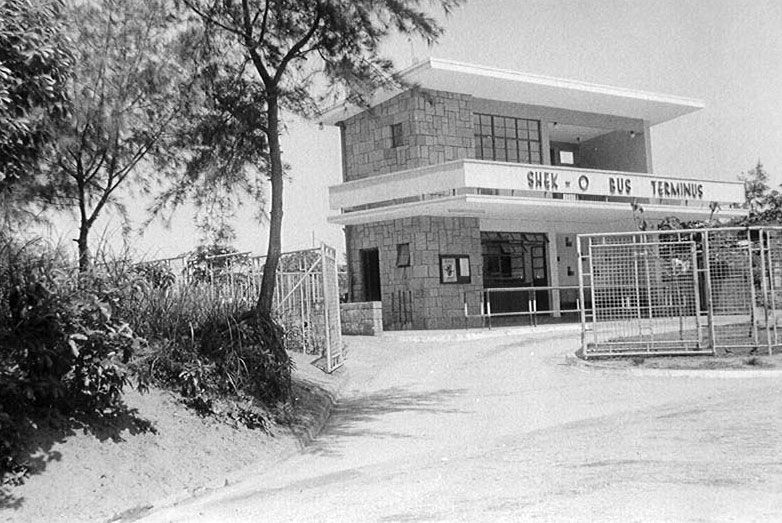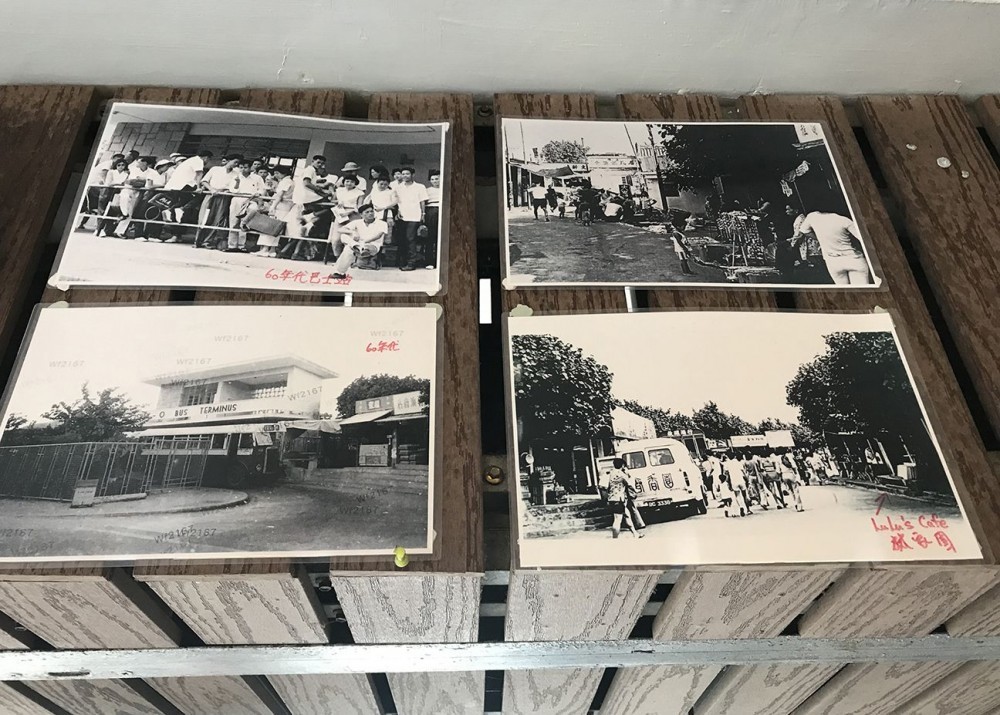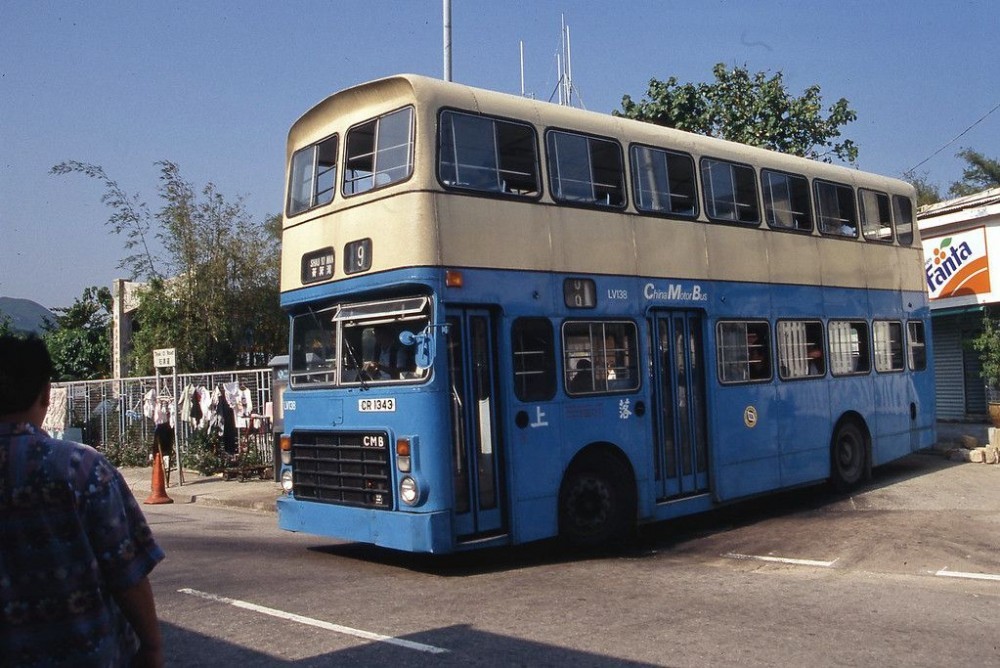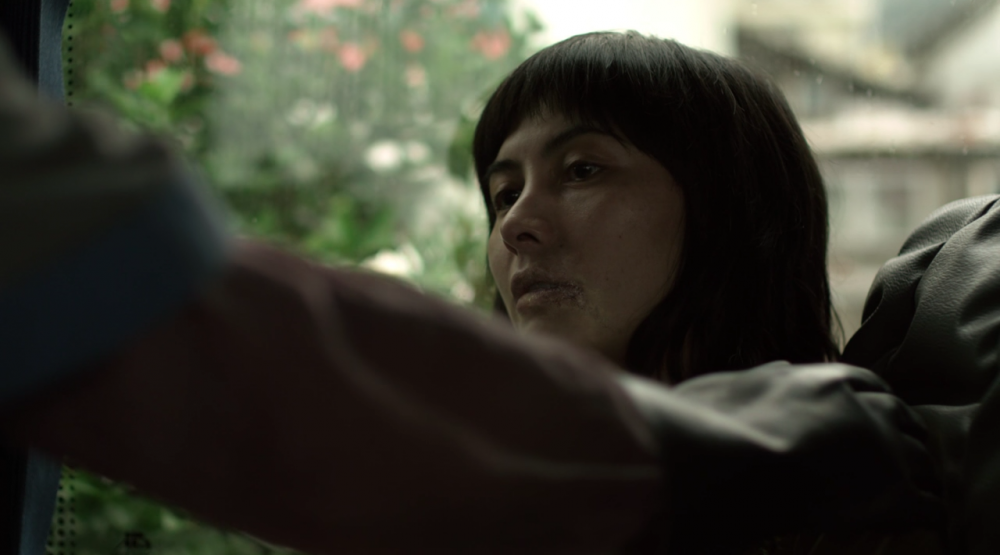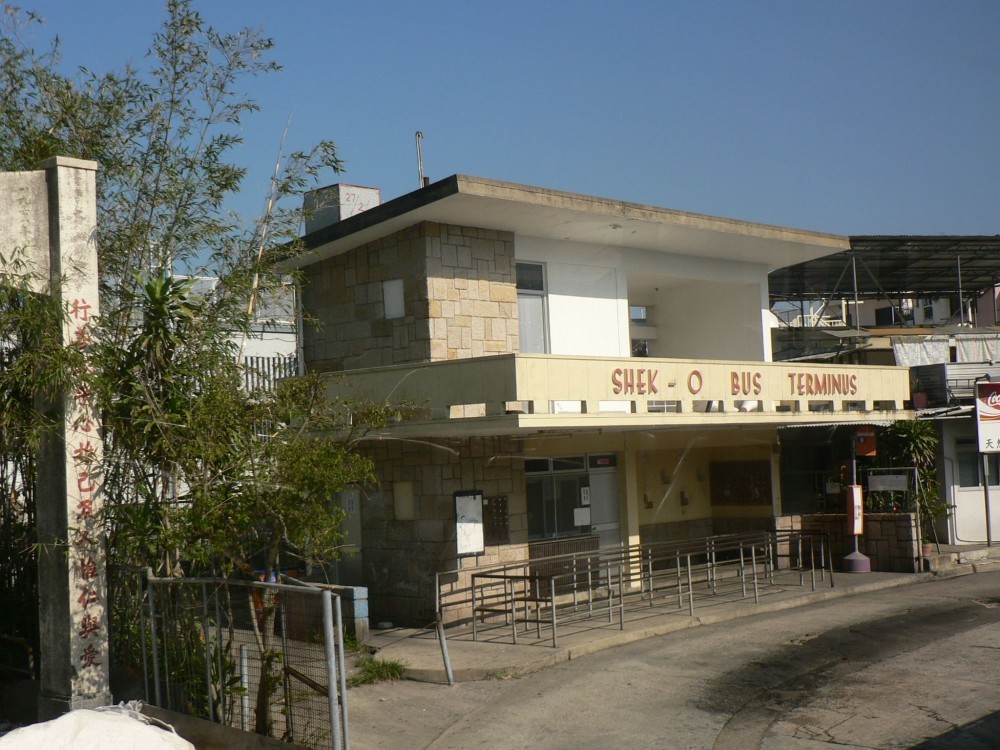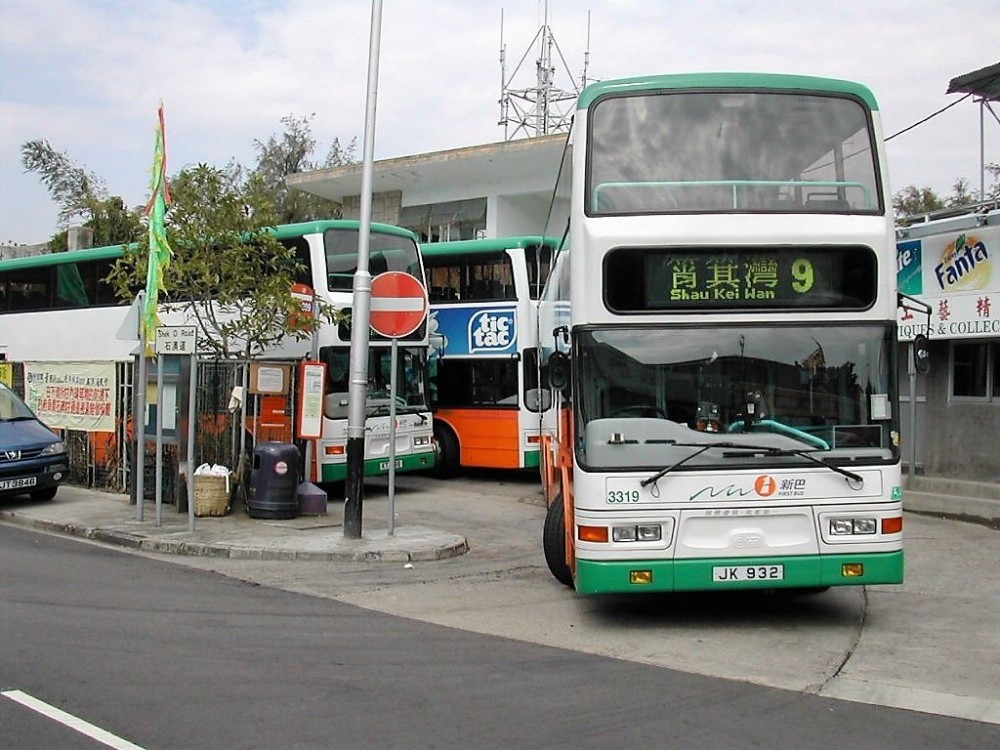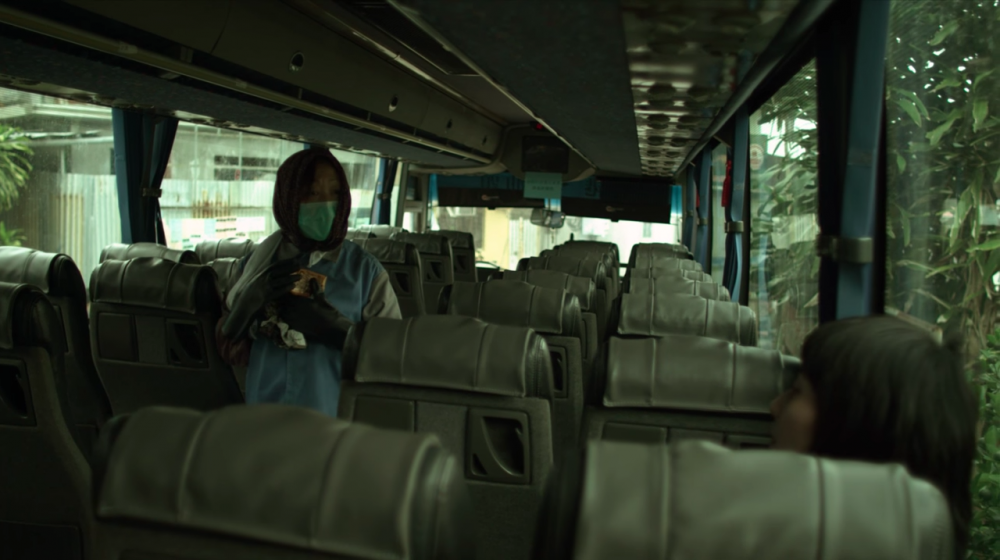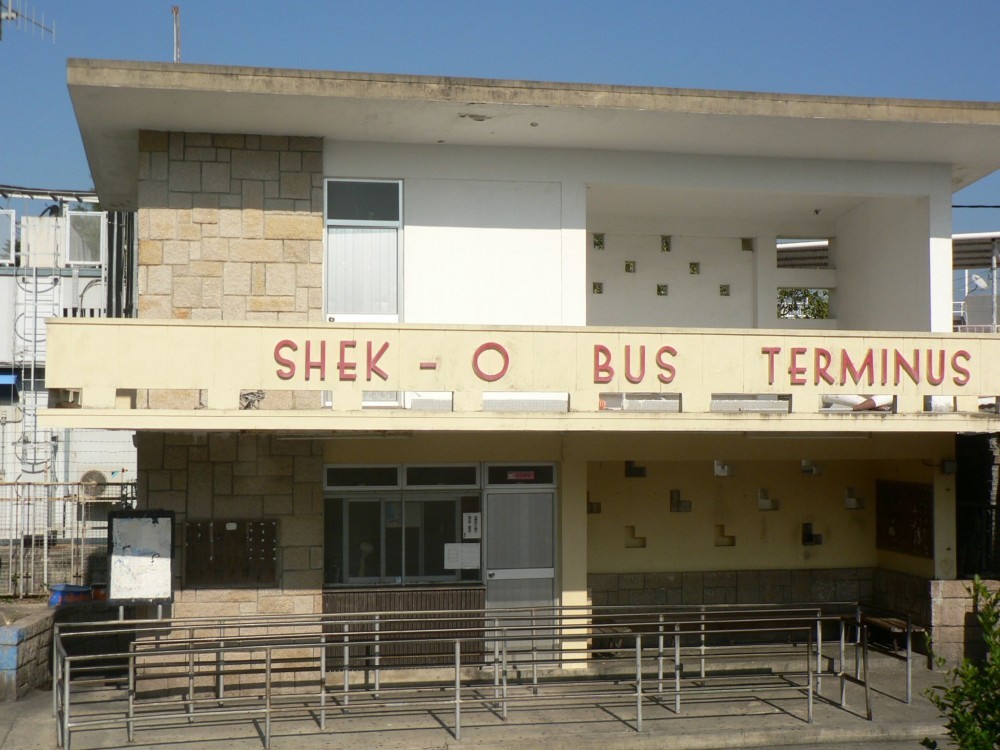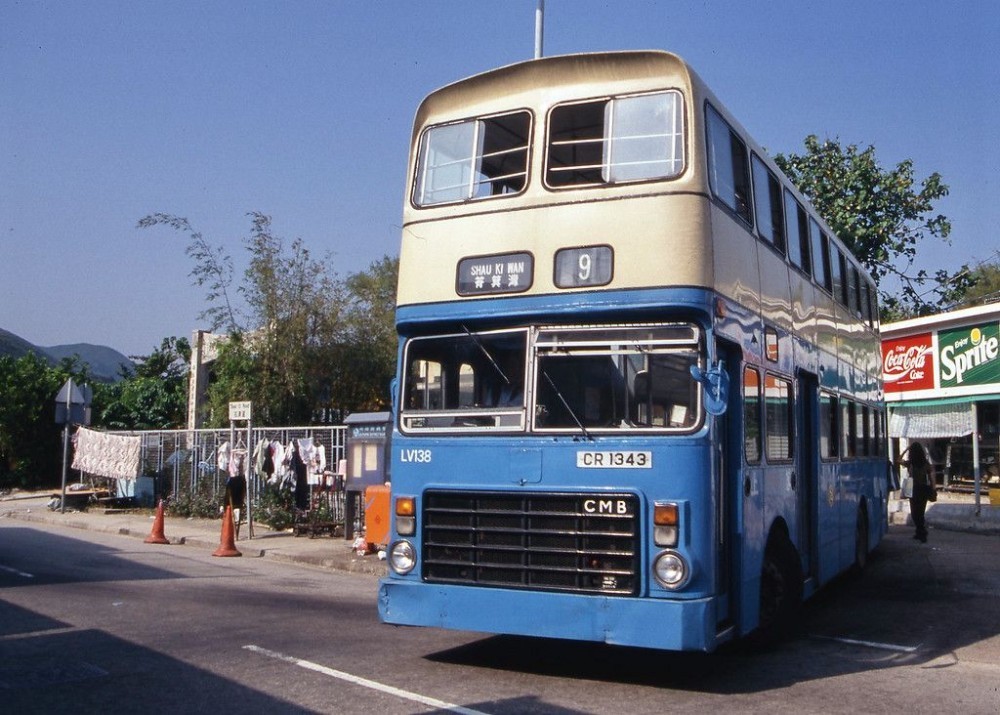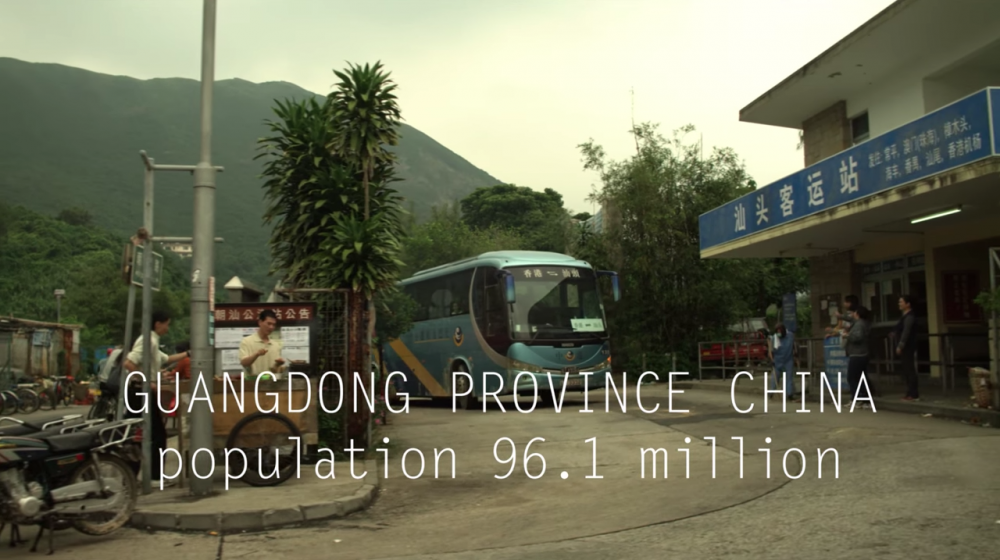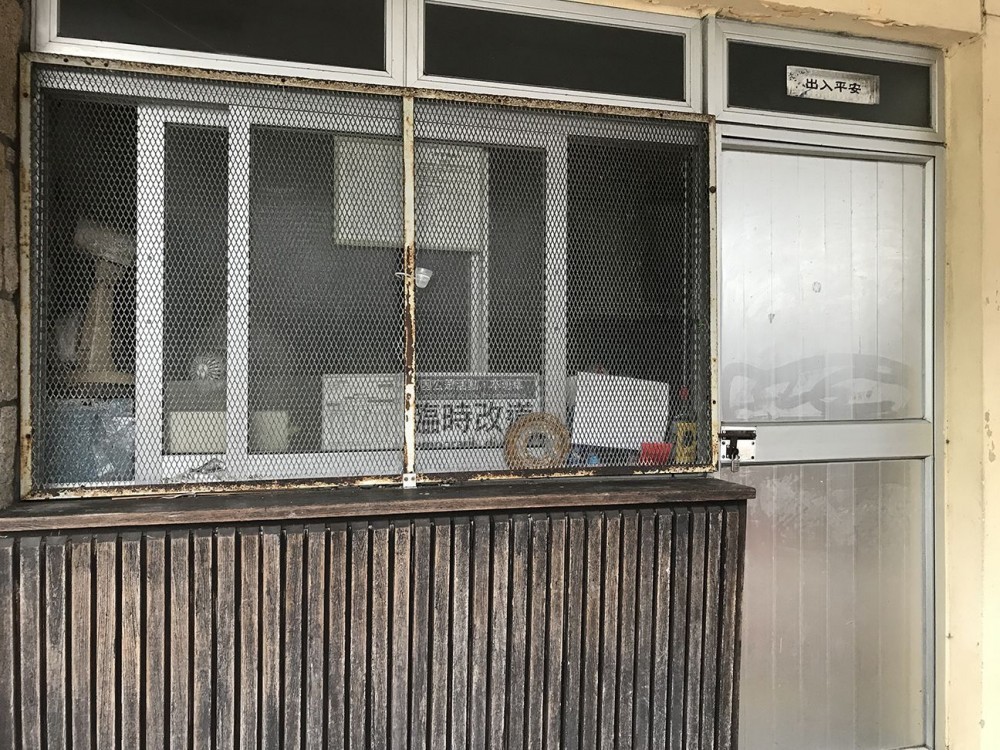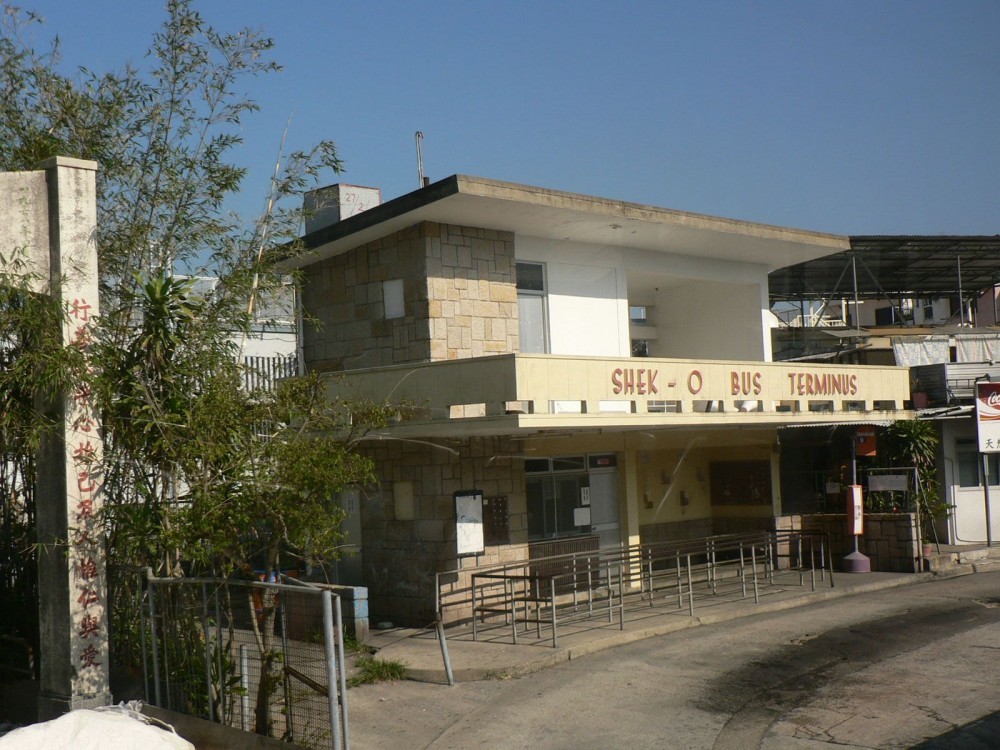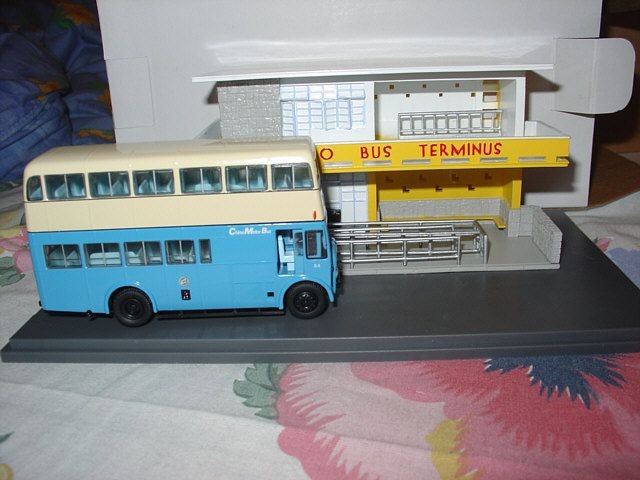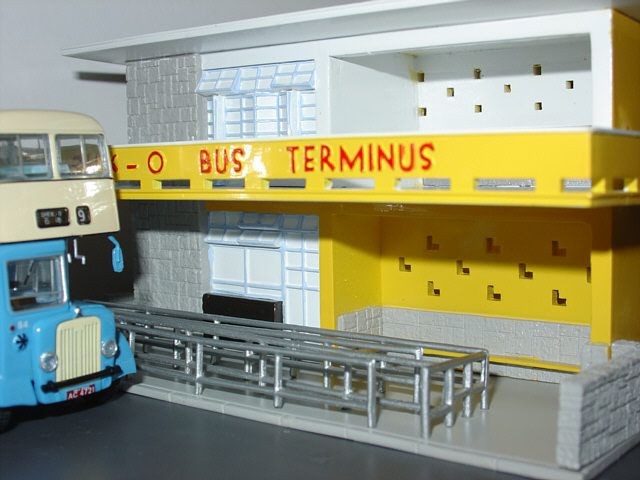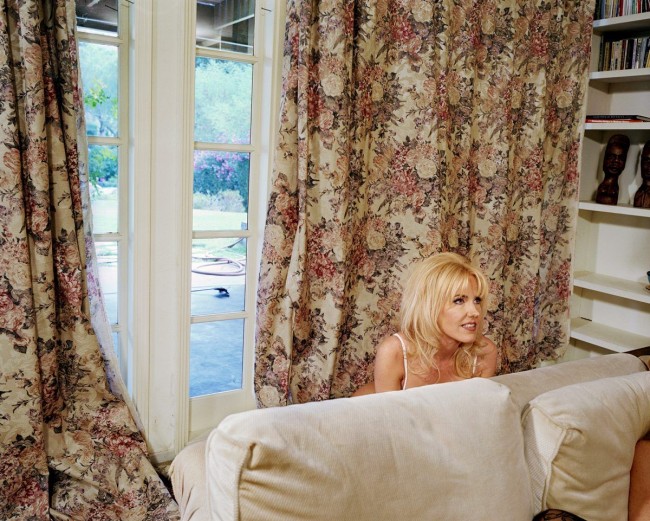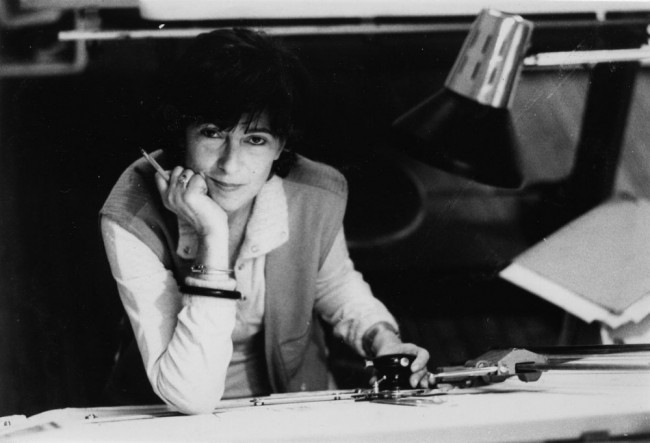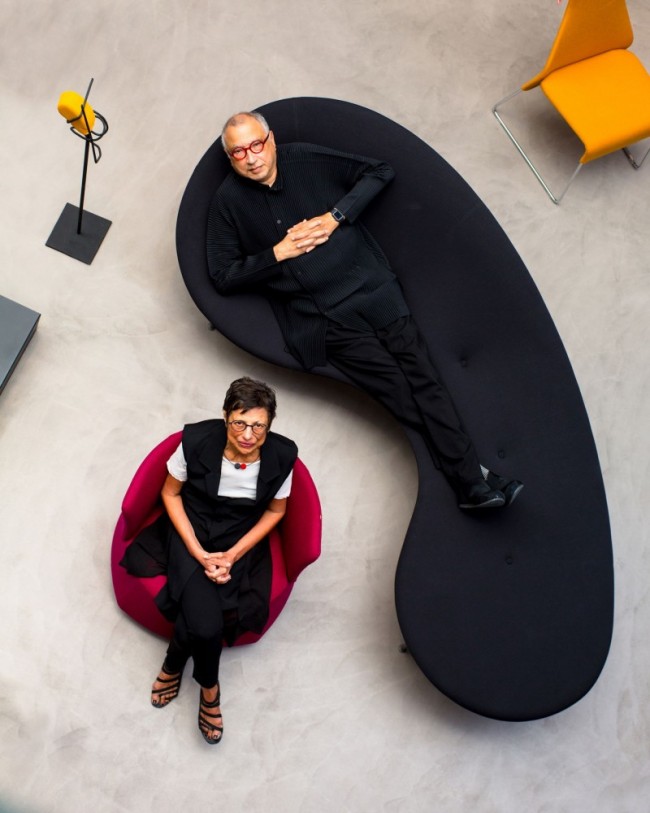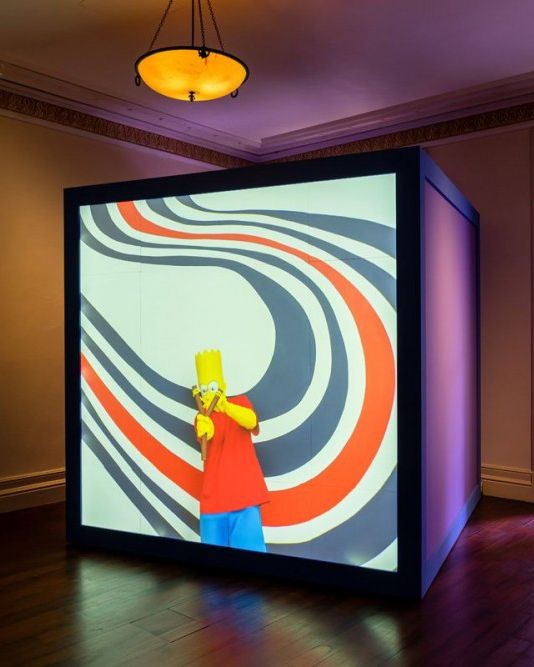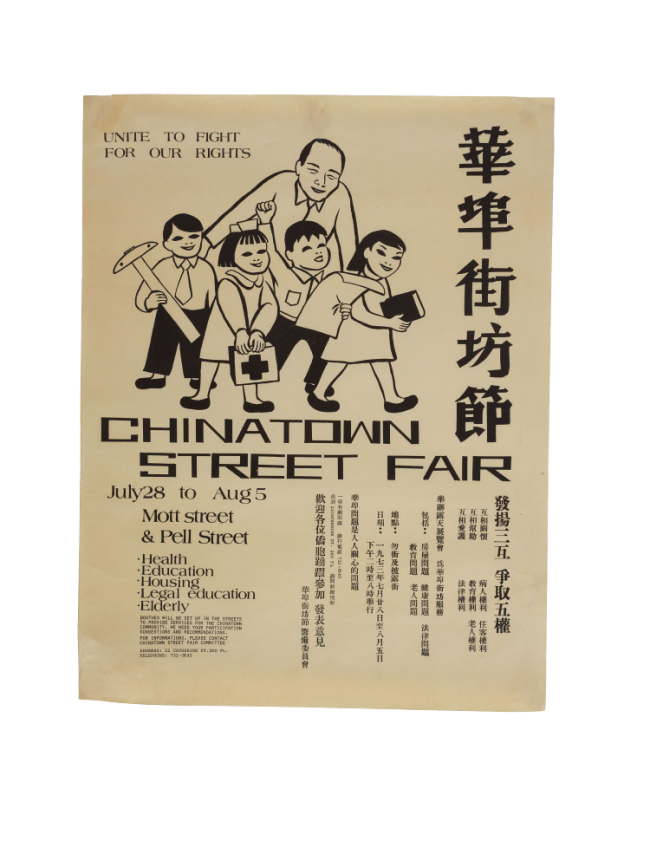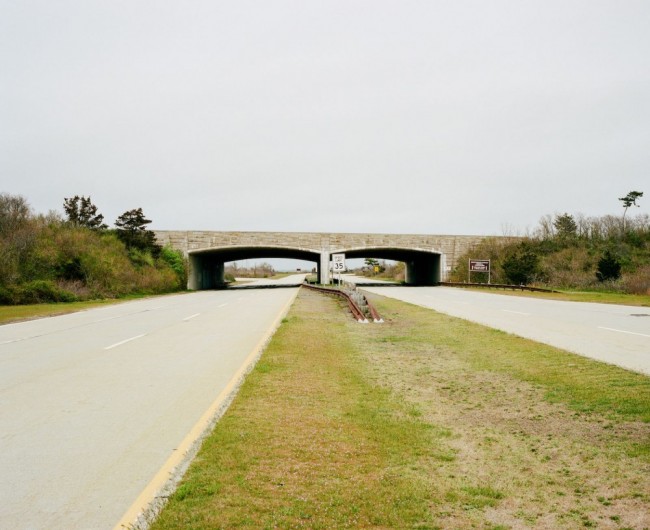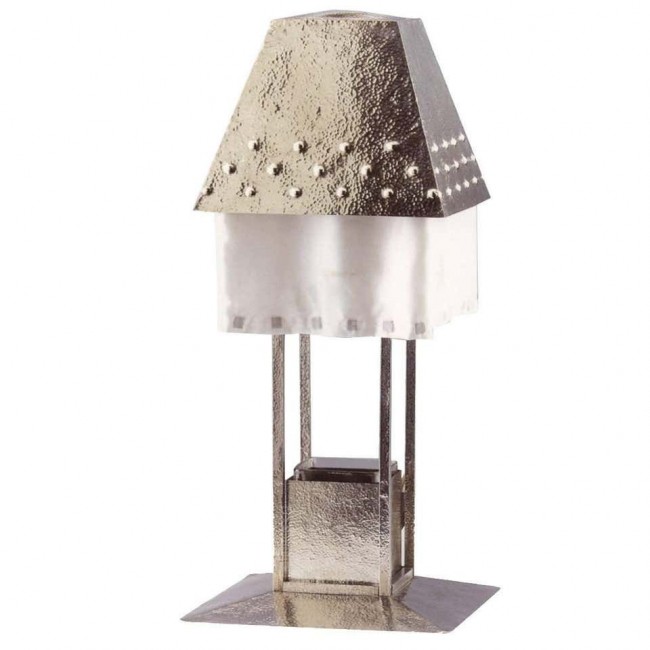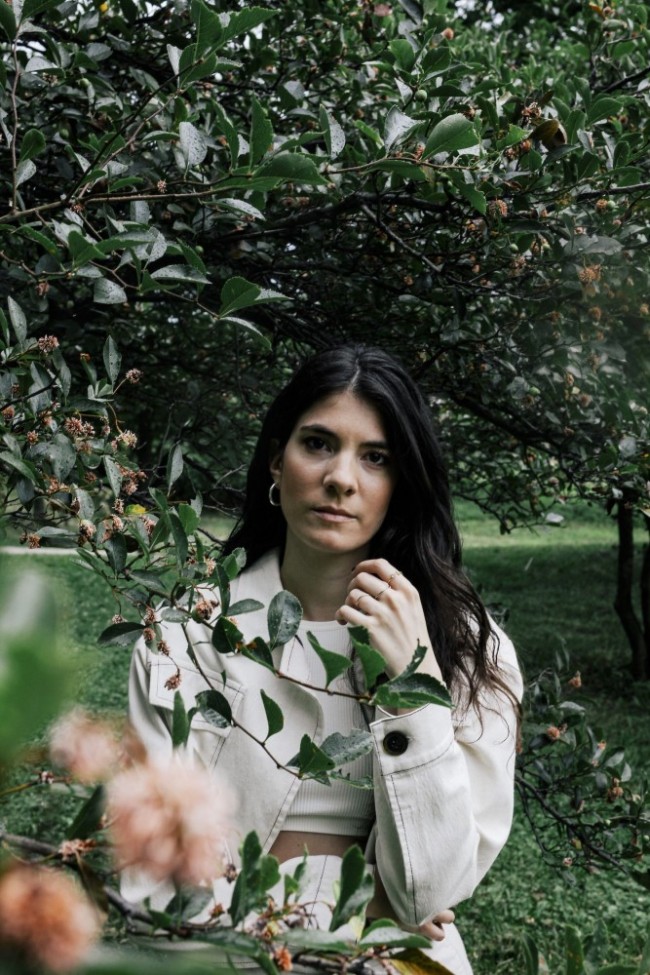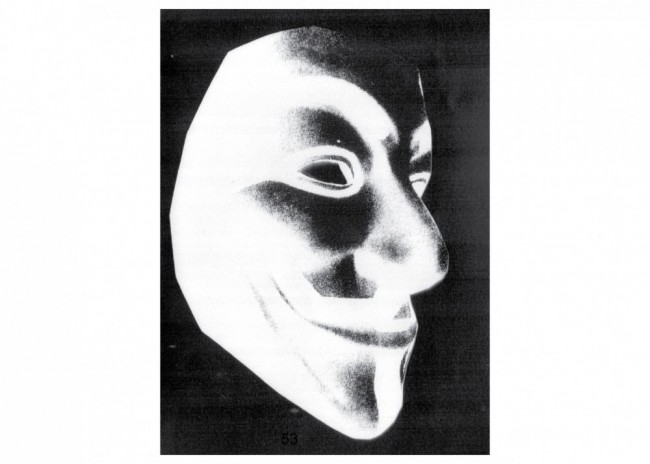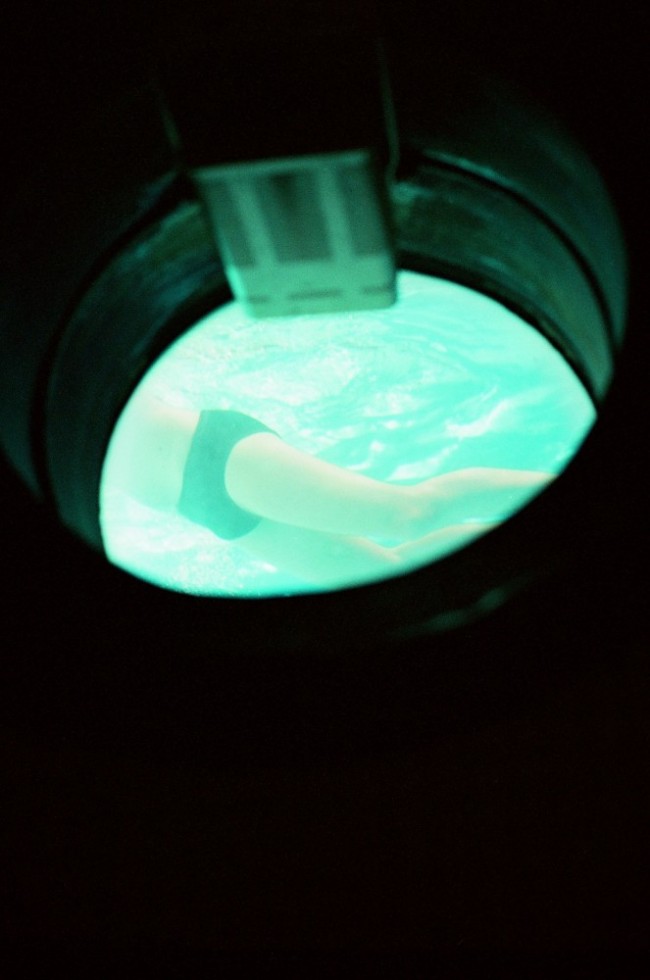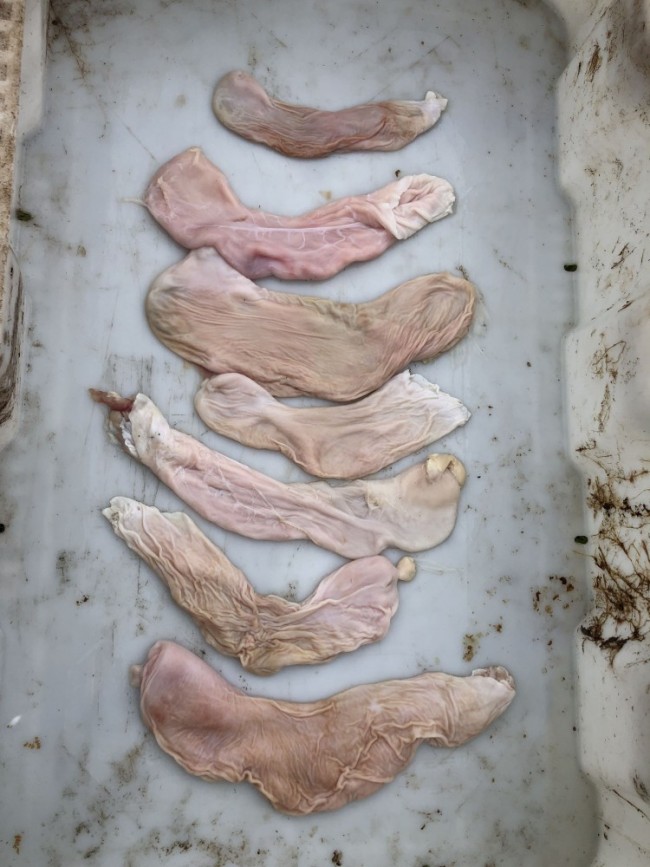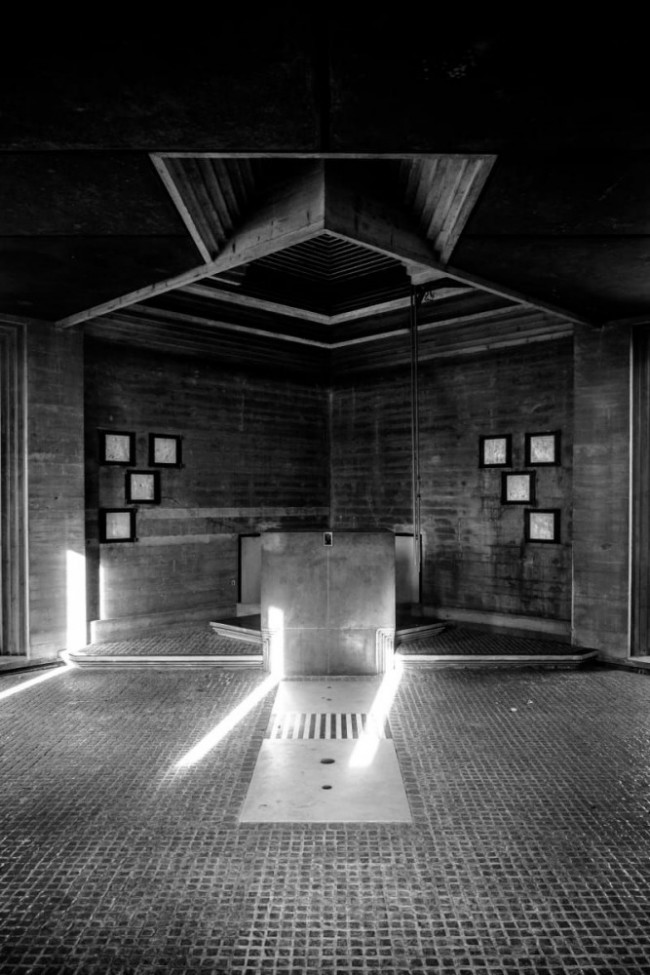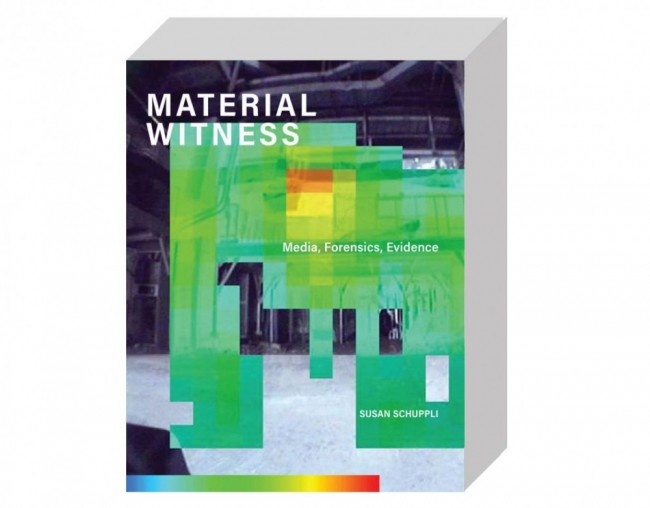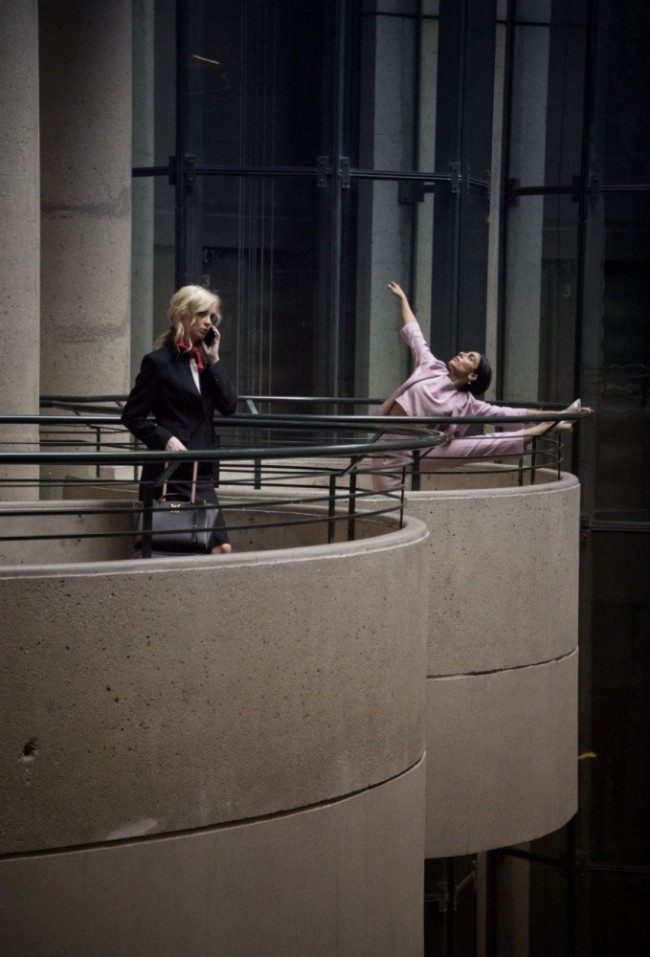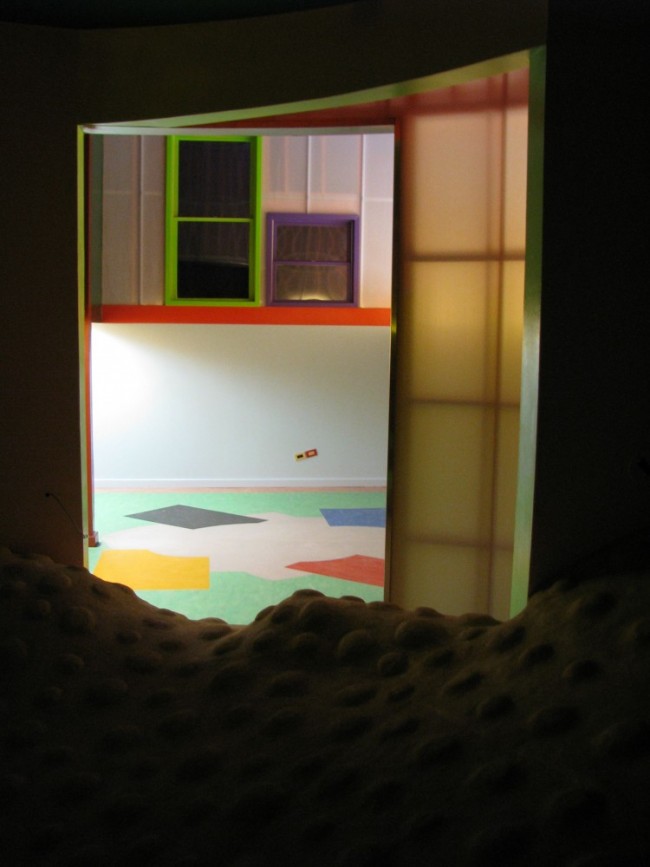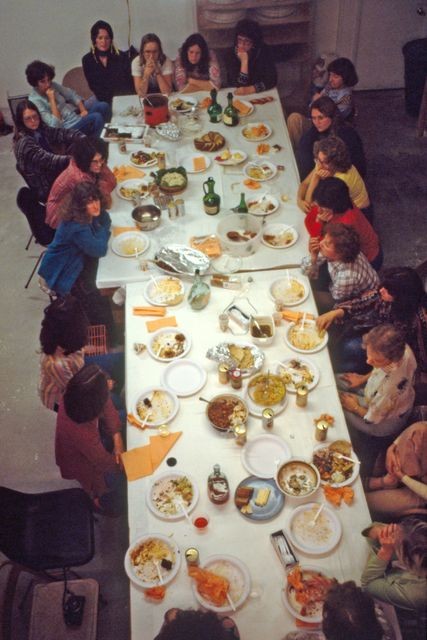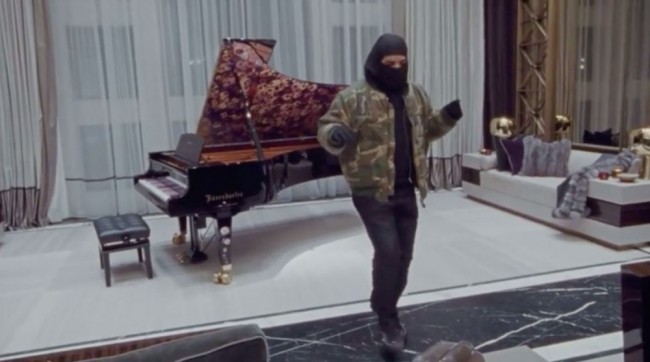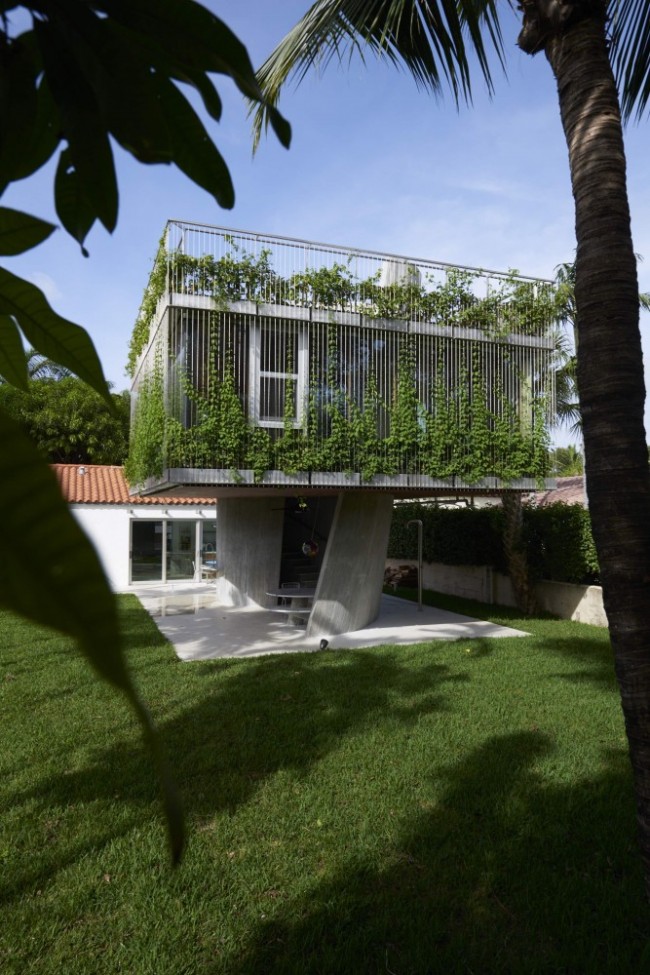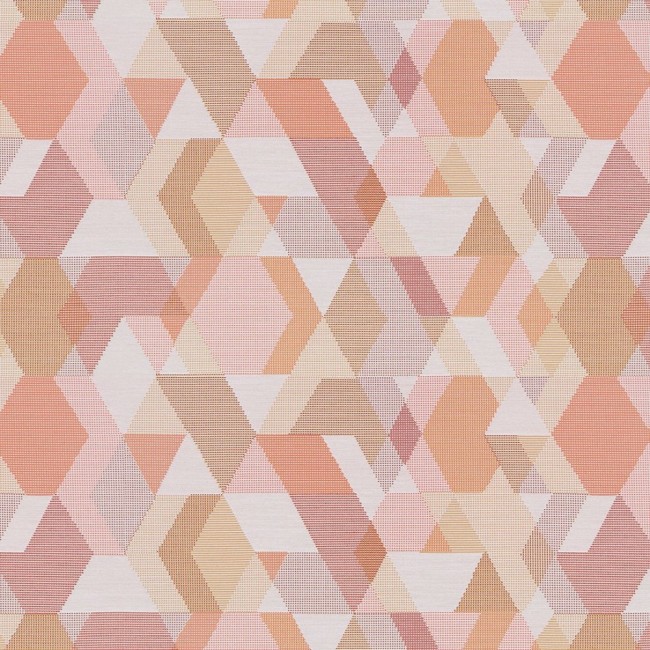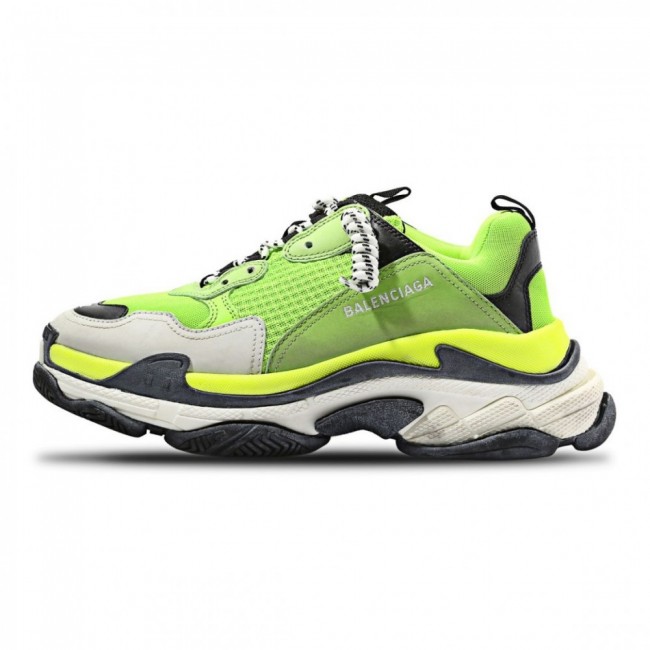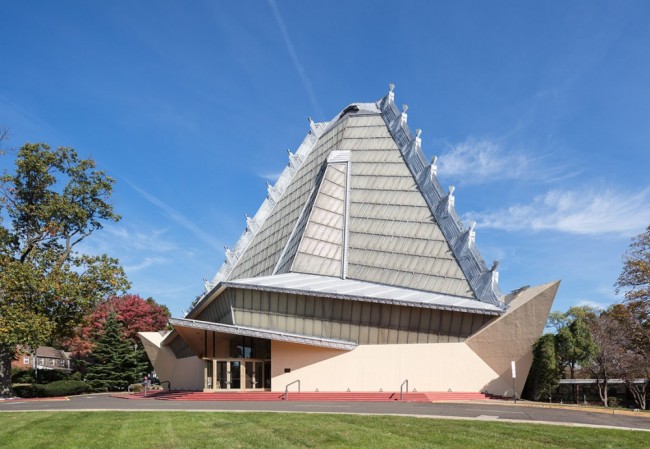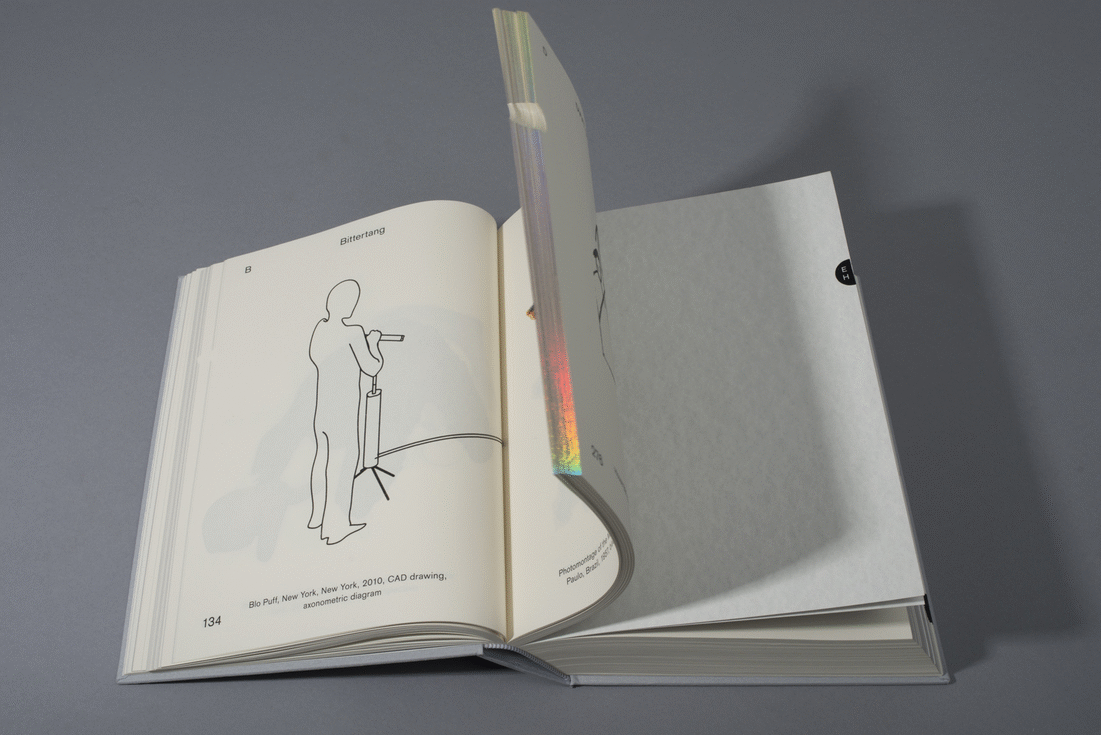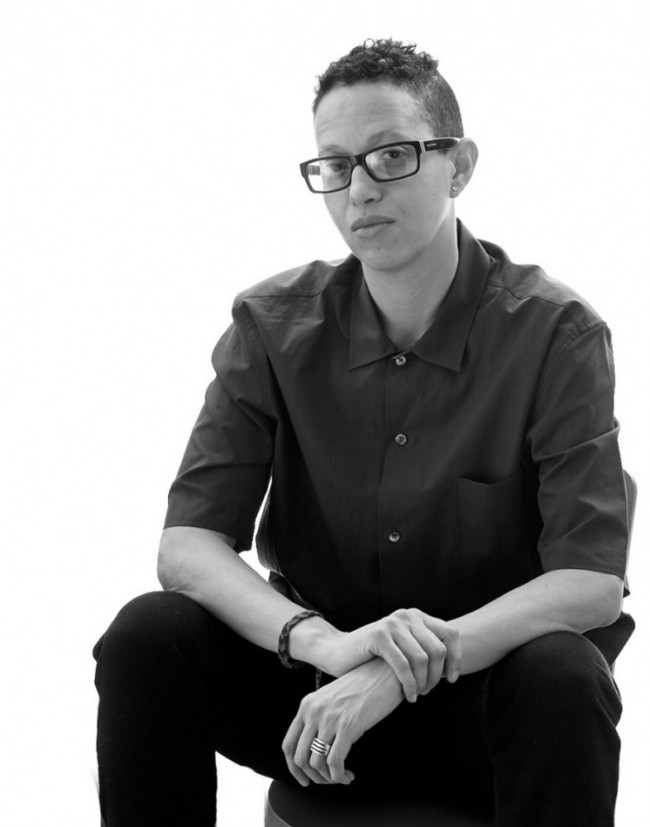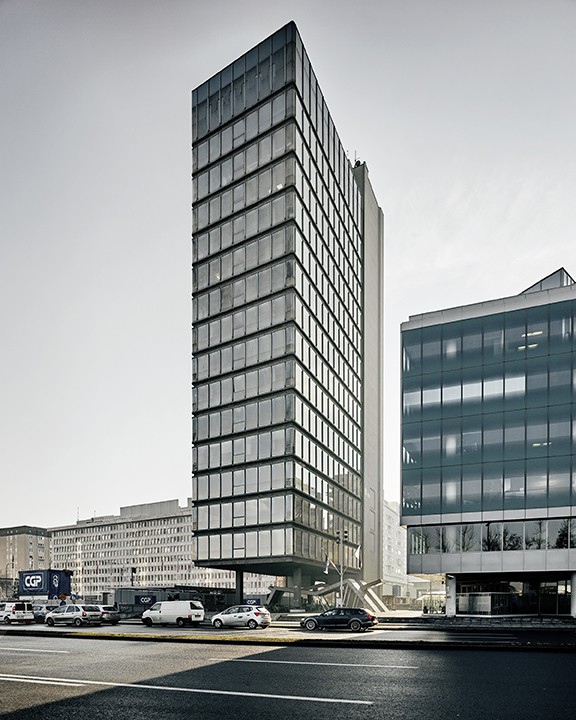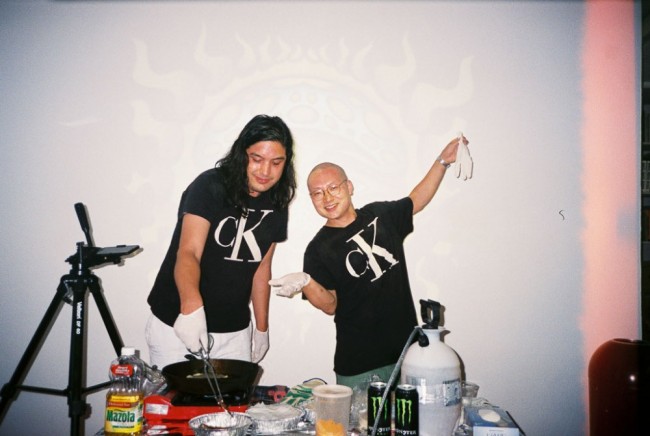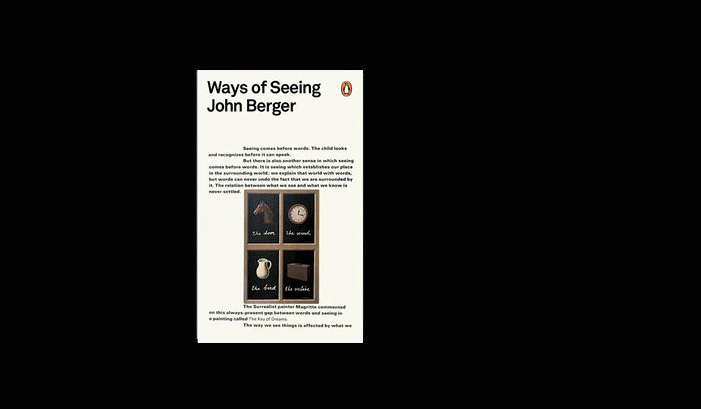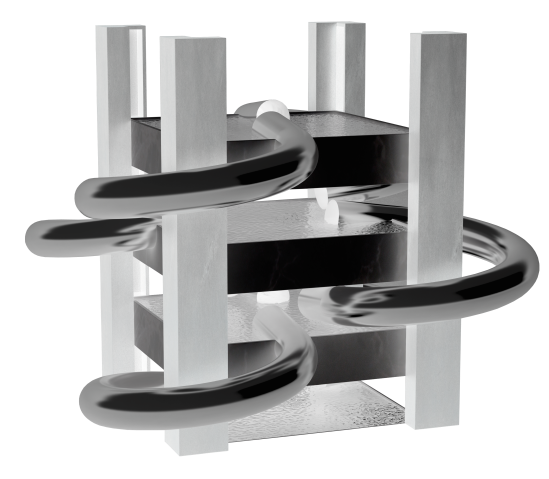CONTAGIOUS MODERNISM: Revisiting a Famous Hong Kong Bus Terminus in The Pandemic Era
The dramatically cantilevered Shek O Bus Terminus in Hong Kong’s Southern District makes a brief but important cameo appearance in Steven Soderbergh’s 2011 pandemic thriller Contagion. One of the early victims of the film’s fictional virus meets their tragic end backdropped by the British colonial-era mid-century building, an example of Hong Kong Modernism distinguished by its large balcony. Already having heritage status, the faded yellow building is now a coronavirus architectural icon: the day the World Health Organization declared COVID-19 a pandemic, the almost decade-old Contagion jumped rankings to become the second most popular streaming rental.

Shek O Bus Terminus. Courtesy Ovolo Hotels.
Singer-actress Josie Ho — daughter of recently deceased Hong Kong-Macau casino magnate, Stanley Ho — plays the character found dead on a bus at the terminus at the beginning of the film. Perhaps it was she who suggested Shek O Bus Terminus as a location. In 1958, her father bought land in the headlands of the area for the first of his three wives, Clementina Leitao. The house they built on the elite promontory over the grassroots beachside village became the favorite residence of their son, Robert, whose tragic death in a car accident made headlines in 1981. For a Hong Kong audience, post-SARS, the fact that, in Contagion, Josie Ho’s character dies at the Shek O Bus Terminus, is just disquieting enough to pique interest.
-
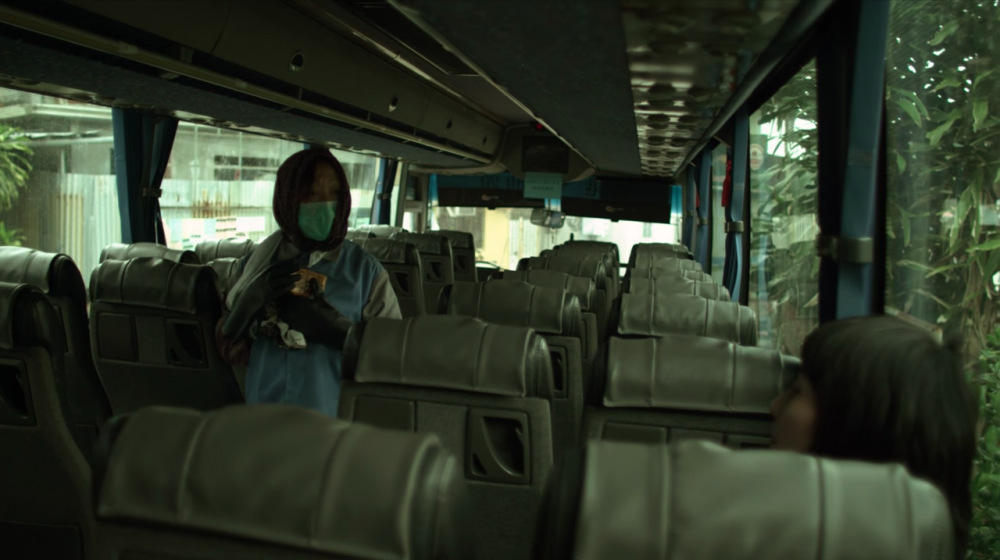
Still frame from Contagion (2011).
-

Josie Ho in Contagion (2011).
Contagion crosses the virus thriller popularized by Wolfgang Petersen’s Outbreak (1995), with the casino genre of Soderbergh’s own Ocean’s trilogy (2001–07). A Macau casino is identified as the site of first transmission for the film’s pig- and bat-borne MEV-1. Nine years before Contagion’s release, the liberalization of Macau’s casino industry broke up Ho’s 40-year monopoly, making Las Vegas Sands CEO Sheldon Adelson’s Cotai Strip possible — a reclamation project which, as architect Thomas Daniell’s research accounts, could have hosted visionary projects but merely expanded Macau’s gaming sector.

Stanley Ho and family. Courtesy REUTERS/China Photo.
Ho plays the nameless sister of Li Fai who contracts MEV-1 while working at a Macau casino. The virus does not directly kill him: a truck hits him as he stumbles sick in front of market stalls on a Kowloon street. Having caught MEV-1 from her brother, Ho’s character is later found dead by a cleaning crew on a bus that’s just recently pulled up next to the Shek O Terminus building. Though stiff in rigor mortis, she still holds the urn of her brother’s ashes wrapped in yellow cloth. Accorded heritage status by Hong Kong’s Antiquities Advisory Board in 2013 for its “social significance” and unique design as “the only Bauhaus style bus terminus in Hong Kong,” the building ironically figures in the film neither as a representation of Shek O nor of Hong Kong. Instead, it is the image of “Guangdong Province China, population 96.1 million.” The suggestion is that Li’s sister was repatriating her brother to the Mainland. Hong Kong’s anxiety about diminishing semi-autonomy is confirmed in Soderbergh’s vision: Shek O, on the southeast edge of Hong Kong island, is made part of Guangdong; city officials speak to each other in Putonghua not Cantonese; and as the film’s conclusion asserts, speculative urbanism in the Pearl River Delta’s other Special Administrative Region, Macau is putting bats in contact with domestic pigs to produce deadly viruses. The film seems to lament the end of Stanley Ho’s colonial-era control.

Shek O Bus Terminus, November 2009. Photography by Graham White.
Buildings like the Modernist Shek O Bus Terminus — whose characteristic Art Deco lettering is covered by vinyl panels in the Contagion scene — are only symbolically protected by heritage grading. In 1996, a plan to demolish a large part of Shek O Village would have threatened the terminus. Though withdrawn when villagers protested, the plan released the specter of an end that still looms. At the time — a year before the transfer of sovereignty from Britain to China — it was reported that about half of the 2,500 residents were living in structures built illegally on British Crown land. The legacy of colonial displacement passed unmentioned.

Shek O Beach after Typhoon Mangkhut, 2019. © András Blazsek.
In 1919, the Crown leased land from a long-established fisherman’s settlement in Shek O for the creation of a country club. The club pushed the village closer to the beach. A 12-hole golf course brought 60 members by 1921. Club secretary Colonel John Chase was famous for heading units of the 51st brigade against Hong Kong’s anti-imperialist labor movement in 1967. Since the club held title to most of the cultivable, buildable land, residents were dependent. Some lived off work at the club and its 22 bungalows; others survived still catching fish by gill net, farming cabbage, potatoes, peas, yams, and papaya, or harvesting purple weed, a seaweed on cliffs and boulders by the shore.
-

Shek O Bus Terminus, 1983. Photography by John G. Lidstone. Courtesy Gwulo.
-

Shek O Beach after Typhoon Mangkhut, 2019. © András Blazsek.
The terminus was never just a bus stop. It was a territorializing gesture that marked the termination of arrangements Shek O villagers had devised among themselves to resolve transit issues. Built in 1955 to serve the China Motor Bus Company (CMB), the terminus was a reminder to the village of the company’s monopoly over mobility on the island granted by the Crown. In 1947, villagers had started operating a bus of their own licensed under one resident, Li Fat. Seventy-eight families had shares in the ownership of the bus, used by all Shek O villagers whether they had shares or not. When the company approached the villagers and tried to get them to pay fees for violating the monopoly, villagers refused coercion: unless the company started its own route from Shau Kei Wan to Shek O, they would continue running theirs. The co-operative bus lasted until 1952 when CMB realized it could turn a profit redirecting beach traffic from overcrowded Repulse Bay to Shek O.
-

Shek O Bus Terminus, ca. 1960, from images retrieved through digitized public records, on display at Lulu's Cafe Shek-O across from the terminus. © Emily Verla Bovino.
-

Shek O Bus Terminus after Typhoon Mangkhut, 2019. Detail of the back of the terminus. © Emily Verla Bovino.
-

Shek O Bus Terminus after Typhoon Mangkhut, 2019. Detail of the ticket office. © Emily Verla Bovino.
-

Shek O Bus Terminus after Typhoon Mangkhut, 2019. Detail of the waiting area. © Emily Verla Bovino.
Advocates for conservation invoke Bauhaus as a talisman to protect Hong Kong’s Modernist buildings against demolition. This ignores the cultural and conceptual interchange that made Hong Kong Modernism possible. The heritage assessment in 2013 makes note of the terminus’s appearance in Contagion and attributes its design to Shanghai-born architect Su Gin Djih (Xu Jingzhi) who brought his firm, Hsin Yieh, to Hong Kong from Shanghai in 1949, the year of the Communist Revolution. In addition to designing the modest terminus, while in exile, Xu wrote the important study Chinese Architecture – Past and Contemporary (1964). As a student apprenticing under Finnish modernist Eliel Saarinen, he worked on the Kingswood School for Girls generally described by architectural historians as inspired by Frank Lloyd Wright’s hipped-roof houses. Much has been written about Japan’s influence on Wright, but dominant narratives about the hip-roof still overlook other exchanges, like those between Modernist mentors like Saarinen, and the young Chinese architects like Xu who studied with them on Boxer Indemnity Scholarships. There is a compelling tension in the bus terminus’s mundane design: it is as if, via Wright through Saarinen’s Wermuth House (Indiana, 1941-42), Xu sought to re-appropriate the cantilever that tou-kung bracketing made possible in ancient Chinese architecture, for a structure in Shek O that is between types, a house and a monumental gate.
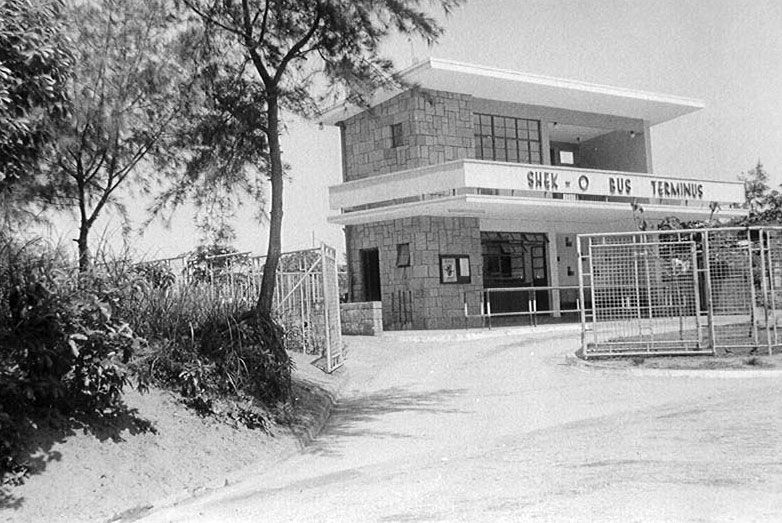
Shek O Bus Terminus, 1958. © Andrew Suddaby, 367 Association. Special thanks to Graham White.
In 2005, the Best Choose Model Company released a diecast bus model of CMB’s Guy Arab MkV double-decker with a miniature diorama of the Shek O Bus Terminus, commemorating the two-storey bus that CMB cut cliffs along the village road to accommodate. Inspired to collect by a 1998 encounter with a double decker bus decorated for the 1997 Handover, Bournemouth-native Graham White has been running a website out of England’s south coast dedicated to “diecast delights of the Far East” — model buses from Hong Kong, China, Singapore and Japan — since 2009. A testament to the symbolic power of buses as icons of mobility, in the world’s most expensive city, Hong Konger Philip Chan, an avid contributor to the site, has a storage space he says is “about the size of two telephone booths” where he keeps all the model buses he has collected since 1998. The CMB Shek O Bus Terminus model is among them. When coronavirus shortages hit Hong Kong, White sent hand sanitizer to Chan. When UK numbers climbed, Chan sent masks to White from Hong Kong. Model buses create relationships. At the moment, Best Choose Model 02046S is out of stock in Hong Kong’s model shops, but Chan says it is due for re-release. Amid the stories currently circulating about how Hong Kong mutual aid saved the ungovernable city from COVID-19 numbers suffered elsewhere, the Shek O bus terminus is a node for competing narratives of territorialization and cooperation, bordering and neighboring. The next release might promote not Bauhaus style but migrant Modernism; not CMB’s MkV but Li Fat’s Dodge Public Commercial Vehicle 6356; not double-decker colonialism but Hong Kong hybridity and resilience.
-

Shek O Bus Terminus diorama by Best Choose Model Company, released in 2005. Photography by Philip Chan. Special thanks to Graham White.
-

Shek O Bus Terminus diorama by Best Choose Model Company, released in 2005. Photography by Philip Chan. Special thanks to Graham White.
-

Shek O Bus Terminus diorama by Best Choose Model Company, released in 2005. Photography by Philip Chan. Special thanks to Graham White.
Text by Emily Verla Bovino.
Images courtesy the author with special thanks to Graham White.

